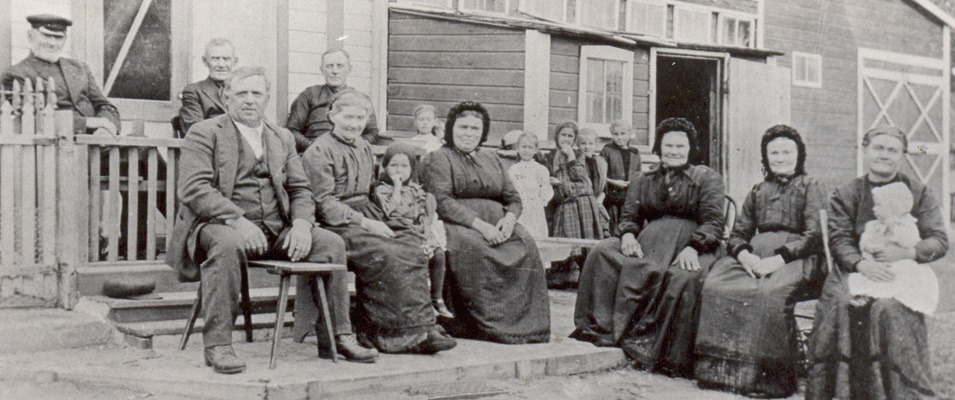Manitoba Mennonite Historical Society Hosts Full Day of Events
Brenda Sawatzky, Niverville Citizen, April 28, 2025 On Saturday, May 3, the Manitoba Mennonite Historical Society (MMHS) will host a full lineup of events to coincide with their annual general meeting. Attendees are invited to begin the day with a morning tour of the Mennonite Reflections exhibit at the Mennonite Heritage Village. Guided tours will be provided of the many antiquities behind the scenes, within the vault, between 11:00 a.m. and noon. The Livery Barn Restaurant will be open for lunch and the AGM will take place at 1:00 p.m. Guests are invited to stay for a showing of Where the Cottonwoods Grow, a powerful documentary commemorating the Mennonite migration from South Russia to Manitoba in the 1870s. The entire day is open to the public and free of charge. Conrad Stoesz works as an archivist at the Mennonite Heritage Archives and is also the president of the MMHS. He describes the MMHS as an umbrella organization for both individual members as well as other organizations such as the Heritage Village, the Mennonite Heritage Archives, and the Plett Foundation. Events such as the AGM are important not only to the ongoing work of the MMHS, he says, but to create connection within the membership. “These events are a chance to come together to reflect on the past, to do some networking, and to find people of like mind,” says Stoesz. “Stories are shared at these events that we didn’t live through but our ancestors lived through. This is a way of learning those stories and, if we want, to incorporate those into our own lives.” Last year marked exactly 150 years since Mennonites came from Europe to settle in the East Reserve. MMHS held a nostalgic bus tour in the summer, taking sightseers to a series of historic landmarks connected to these early Mennonites. This year the bus tour will resume, this time on the West Reserve, including the Altona/Winkler area where Mennonites settled one year later. The work of the MMHS also delves into the multimedia realm. The making of Where the Cottonwoods Grow relied heavily on the MMHS for the provision of archived historical documents as well as consultation. Last year, the MMHS reprinted the Mennonite Historical Atlas of the East Reserve and helped to publish Ralph Friesen’s book Prosperity Ever, Depression Never, which takes a look at the Mennonites of Steinbach in the 1930s. In a similar vein, 2025 will see the MMHS work on a book which documents the colony of Fuerstenland, Russia, from which many people of the West Reserve migrated. For these projects, the Mennonite Heritage Archives has played a crucial role. “A lot of the materials are in hard-to-read handwriting and in German, so members of the MMHS have come to the archives, seen these church registries, seen these diaries, and then transcribed them and published them so they are available to a wider audience.” An example of such a publication is Voice in the Wilderness, the diary of Peter Elias of the West Reserve. Many other written works have been created from collections of church registries, some of which date back to the old country. All of this is done through the generous support of members through charitable donations or their $20 membership fee. A registration table will be available at the MMHS AGM on May 3 for those who wish to become a member.
Manitoba Mennonite Historical Society Hosts Full Day of Events Read More »









